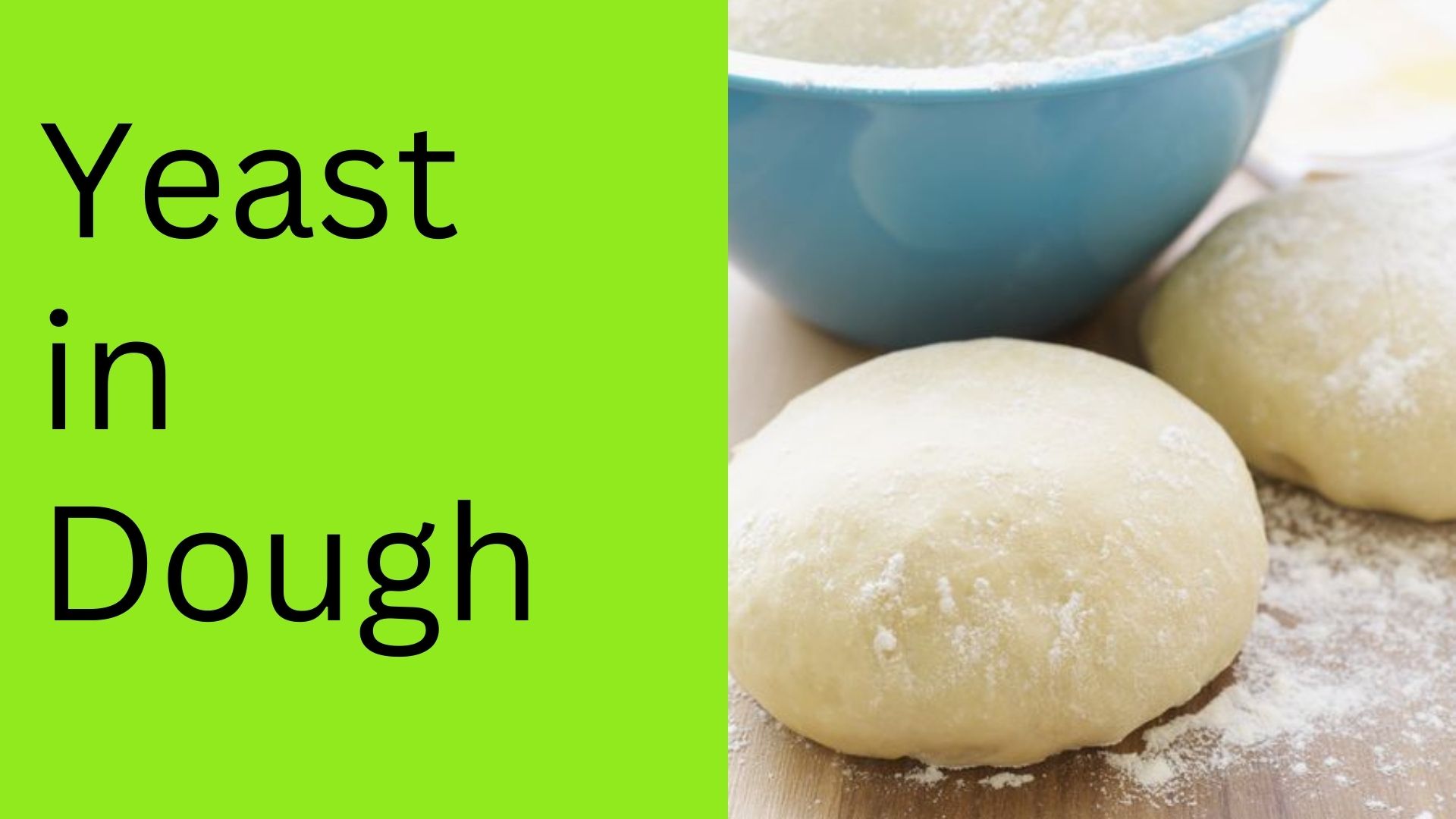Discovering alternatives to yeast in dough preparation opens the door to a realm of baking possibilities. Whether due to dietary preferences or lack of availability, these substitutes offer creative solutions for achieving desired textures and flavors in your baked goods.
Purpose of Yeast in Dough:
- Leavening Agent: Yeast produces carbon dioxide, causing dough to rise and create a light, airy texture.
- Flavor Development: Yeast contributes subtle fermented notes that enhance the taste of baked goods.
- Texture Enhancement: Yeast helps create a tender and chewy crumb structure in bread and other dough-based products.
- Aroma Enrichment: The fermentation process of yeast adds a pleasant aroma to freshly baked goods.
- Volume Increase: Yeast leads to significant expansion of dough volume during fermentation, resulting in larger baked items.
Why Replace Yeast:
- Yeast Allergies: Individuals with yeast allergies need substitutes to avoid adverse reactions.
- Gluten-Free Options: Those following a gluten-free diet require alternatives to traditional yeast-based dough.
- Quick Preparation: Some substitutes offer faster rising times, ideal for quick baking projects.
- Unique Flavors: Different substitutes introduce distinct flavors to your baked goods.
- Experimentation: Trying substitutes allows for innovative baking techniques and flavor combinations.
Substitute: Baking Powder
Details: Baking powder is a chemical leavening agent that creates gas when combined with liquids, leading to dough rise.
| Nutrient | Amount per 1 tsp. |
|---|---|
| Calories | 5 |
| Total Fats | 0g |
| Carbohydrates | 1.3g |
| Proteins | 0g |
How to Make: Combine baking powder with dry ingredients and liquids in your recipe.
Substitute: Sourdough Starter
Details: Sourdough starter contains naturally occurring wild yeast and bacteria, providing leavening and flavor.
| Nutrient | Amount per 1 cup |
|---|---|
| Calories | 312 |
| Total Fats | 1.2g |
| Carbohydrates | 66.1g |
| Proteins | 13.9g |
How to Make: Feed and maintain a sourdough starter, then use it as a leavening agent in your dough.
Substitute: Yogurt
Details: Yogurt contains lactic acid bacteria that help in dough fermentation and leavening.
| Nutrient | Amount per 1 cup |
|---|---|
| Calories | 154 |
| Total Fats | 8g |
| Carbohydrates | 11.4g |
| Proteins | 9.7g |
How to Make: Mix yogurt with dry ingredients to achieve dough consistency.
Substitute: Vinegar and Baking Soda
Details: The reaction between vinegar and baking soda releases carbon dioxide, causing dough to rise.
| Nutrient | Amount per 1 tsp. |
|---|---|
| Calories | 0 |
| Total Fats | 0g |
| Carbohydrates | 0g |
| Proteins | 0g |
How to Make: Mix vinegar and baking soda, then incorporate into the dough mixture.
Substitute: Cream of Tartar
Details: Cream of tartar combined with baking soda creates a leavening effect, suitable for certain baked goods.
| Nutrient | Amount per 1 tsp. |
|---|---|
| Calories | 2 |
| Total Fats | 0g |
| Carbohydrates | 0.7g |
| Proteins | 0g |
How to Make: Combine cream of tartar with baking soda, then add to the dough mixture.
Nutrition Facts Summary Table:
| Substitute | Calories | Total Fats | Carbohydrates | Proteins | Source | Works Best In |
|---|---|---|---|---|---|---|
| Baking Powder | 5 | 0g | 1.3g | 0g | Chemical reaction | Quick breads, pancakes |
| Sourdough Starter | 312 | 1.2g | 66.1g | 13.9g | Naturally occurring yeast | Bread, artisanal baked goods |
| Yogurt | 154 | 8g | 11.4g | 9.7g | Lactic acid bacteria | Flatbreads, savory doughs |
| Vinegar and Baking Soda | 0 | 0g | 0g | 0g | Chemical reaction | Biscuits, quick breads |
| Cream of Tartar | 2 | 0g | 0.7g | 0g | Chemical reaction | Sponge cakes, meringues |
FAQs:
Q: Can yogurt be used in all types of dough?
A: Yogurt is best suited for recipes that benefit from its tangy flavor and moisture content.
Q: How does the flavor of vinegar and baking soda affect the dough?
A: The vinegar flavor is diluted during baking, leaving the dough with a neutral taste.
Q: Is cream of tartar a suitable substitute for yeast in all bread recipes?
A: Cream of tartar is more effective in recipes that require a quick leavening agent, like sponge cakes.
Q: Can I combine different substitutes in the same dough?
A: Experimenting with combinations of substitutes can yield unique textures and flavors in your baked goods.
Conclusion:
Choosing a substitute for yeast in dough expands your baking horizons, offering solutions tailored to dietary needs and creative preferences. Whether you opt for the simplicity of baking powder or embrace the complexity of a sourdough starter, yogurt, vinegar and baking soda, or cream of tartar, these alternatives empower you to craft delectable baked goods that reflect your culinary identity.




